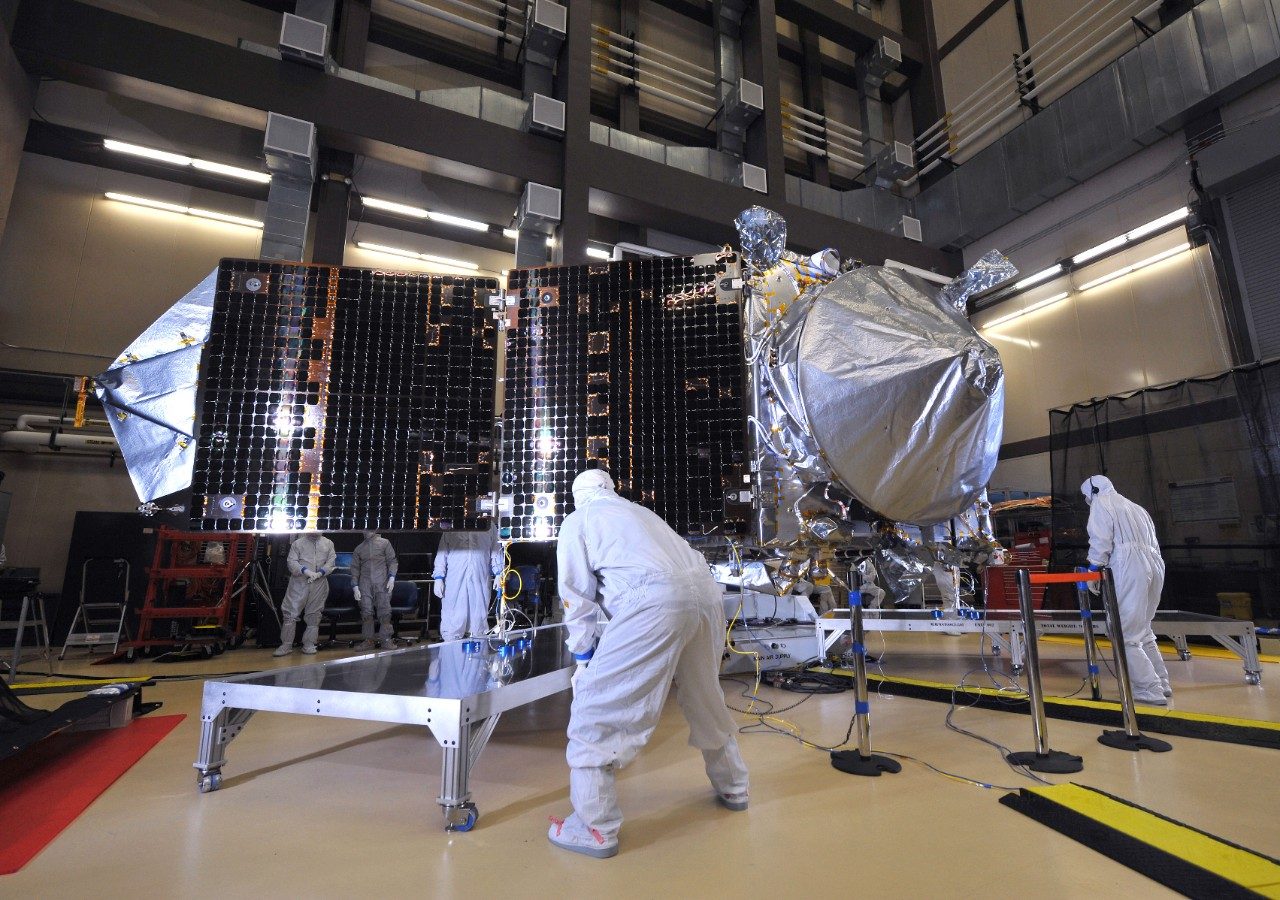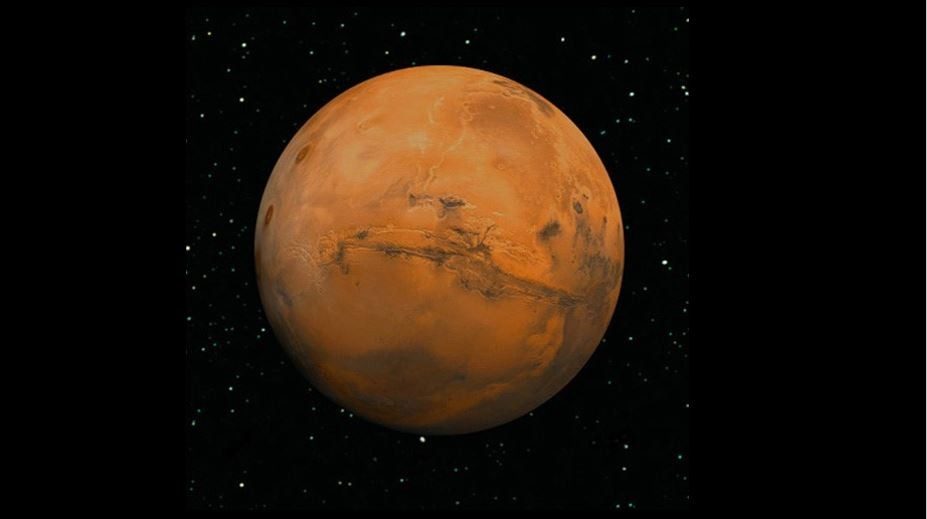Putting on the Brakes While Still Going Fast: MAVEN Completes Aerobraking
Lockheed Martin has been a pioneer in perfecting the process known as “aerobraking,” which is essentially slowing down a spacecraft by flying it through a planet’s atmosphere to create aerodynamic drag was first conducted with the Lockheed Martin-built Magellan probe in 1993, our engineers did it again for a whole new purpose.
Mars Atmosphere and Volatile Evolution (MAVEN) spacecraft launched in 2013 with the mission to study how the Martian atmosphere can be lost to space. Our Mission Operations team has been operating the spacecraft since launch, supporting numerous maneuvers and scientific discoveries. But now, the spacecraft will be performing a new mission – data relay.
With increased activity around Mars, NASA identified a need for additional communications relay around the Red Planet. After extensive studies, engineers determined that by adjusting MAVEN’s orbit, the spacecraft could provide telecommunications support for the surface assets while continuing to collect science about the Martian atmosphere.

“Normally our team is using fuel on the spacecraft to 'chase' the atmosphere, or orbit, but now we use the corridor itself to get us to where we need to go,” said Mike Haggard, Lockheed Martin MAVEN Operations program manager. “Our team had the experience and expertise to use aerobraking to get us to this new telecommunications position.”
The aerobraking campaign began on February 11 and was completed on April 4. Though the new orbit is not drastically shorter, the adjustments Mission Operations made will significantly improve communications capabilities. Coming in closer on the highest point in orbit, or the apoapsis altitude, will allow the MAVEN orbiter to circle Mars more frequently — 6.8 orbits per Earth day versus 5.3 previously — which will allow more constant communications with existing and future Mars rovers, like NASA JPL’s Mars 2020 rover. The Deep Space Exploration team is currently producing the aeroshell and helicopter deployment mechanism for this rover. Also, with another mission adjustment next year, MAVEN will adjust its periapse altitude, or lowest point of orbit. Descending to ~180 km will reduce our orbit timing error, which allows the lander and rover teams to plan overflights farther out with better accuracy.

Even though Lockheed Martin Space has executed aerobraking campaigns multiple times, the process isn’t without risks. With a significant number of missions operating in deep space today, the Mission Operations team had limited exposure to the Deep Space Network which meant that they had to coordinate uplinks of flight products seamlessly.
“The team worked diligently to prepare for aerobraking and we were able to enjoy the benefits of those countless hours,” said Nick Sealy, spacecraft aerobraking phase lead at Lockheed Martin Space. “This team made it look easy.”
The key to success, according to Sealy, was careful preparation and applying lessons learned from previous “deep dip” maneuvers.
“Based on our experience, we proposed a unique solution to use a larger density corridor of the Martian atmosphere to decrease the number of maneuvers we had to execute,” said Sealy. “This ultimately increased the overall efficiency of the campaign allowing us to get done sooner than expected.”
This unique solution meant that the orbit-by-orbit variability had only minimal impact on MAVEN as long as the overall average stayed within a range of 2.0 – 5.5 kg/km3. By adopting this new practice, the team simplified the orbital trim maneuver process overall. They also streamlined our own internal procedures to increase the speed for building, reviewing and uplinking flight products to respond to dynamic circumstances with agility.
The team will continue to support this newly modified mission from the Mission Support Area in Littleton, Colorado. The spacecraft has enough fuel to operate until ~2030.




